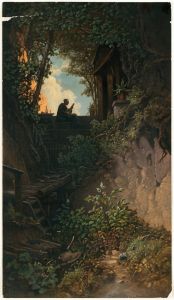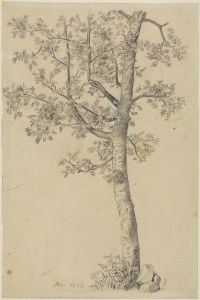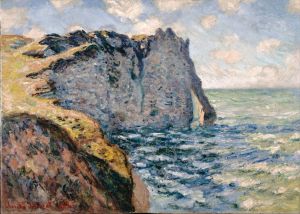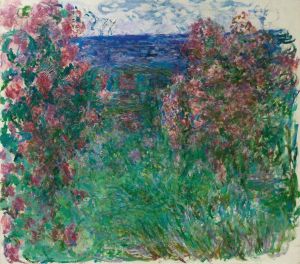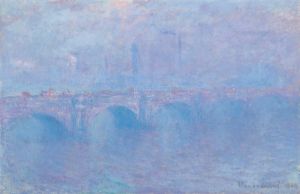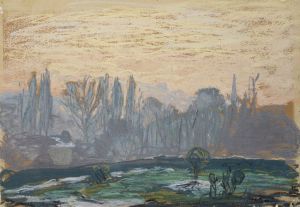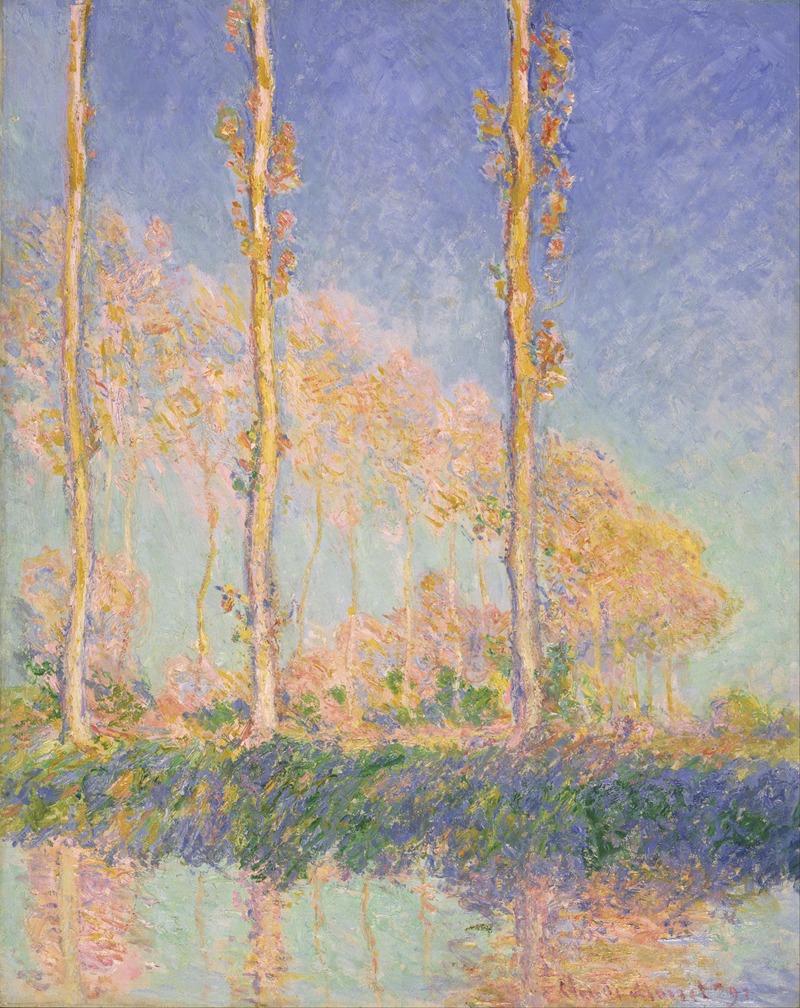
Poplars
A hand-painted replica of Claude Monet’s masterpiece Poplars, meticulously crafted by professional artists to capture the true essence of the original. Each piece is created with museum-quality canvas and rare mineral pigments, carefully painted by experienced artists with delicate brushstrokes and rich, layered colors to perfectly recreate the texture of the original artwork. Unlike machine-printed reproductions, this hand-painted version brings the painting to life, infused with the artist’s emotions and skill in every stroke. Whether for personal collection or home decoration, it instantly elevates the artistic atmosphere of any space.
Claude Monet's "Poplars" is a series of paintings created in 1891 by the French Impressionist artist. This series is one of Monet's many explorations of light, color, and atmosphere, focusing on a single subject depicted under varying conditions of weather, time of day, and season. The "Poplars" series exemplifies Monet's dedication to capturing the fleeting effects of light and his interest in the interplay between nature and perception.
The paintings in the "Poplars" series feature a row of tall, slender poplar trees lining the banks of the Epte River near Monet's home in Giverny, France. The trees were situated along a stretch of the river that Monet frequently visited and painted. The series includes multiple canvases, each portraying the trees from slightly different angles and under different lighting conditions. Monet painted the poplars in various seasons and times of day, showcasing the changing colors of the leaves, the reflections in the water, and the shifting tones of the sky.
Monet's work on the "Poplars" series was not without challenges. At one point during the project, the trees were scheduled to be cut down and sold at auction. To ensure that he could complete his series, Monet arranged to purchase the trees himself, allowing him to continue painting them without interruption. This anecdote highlights Monet's commitment to his artistic vision and his determination to preserve the subjects of his work.
The "Poplars" series was painted en plein air, a hallmark of the Impressionist movement. Monet often worked outdoors, setting up his easel along the riverbank to capture the natural light and atmosphere directly. This approach allowed him to observe and record the subtle changes in his surroundings with immediacy and precision.
Today, individual paintings from the "Poplars" series are housed in various museums and private collections around the world. The series is celebrated for its innovative approach to capturing the transient beauty of nature and its role in advancing the Impressionist movement. Monet's "Poplars" continues to be admired for its technical mastery and its ability to evoke a sense of harmony and tranquility.





